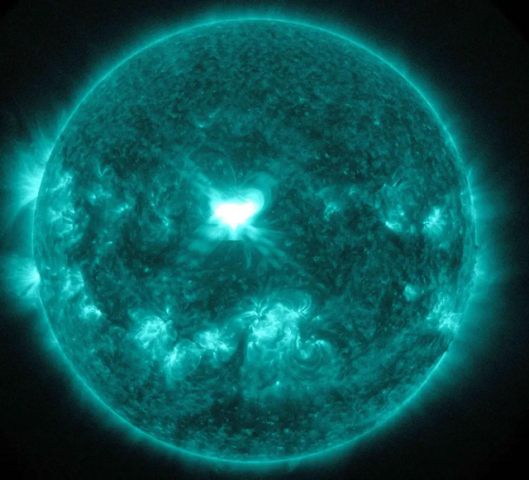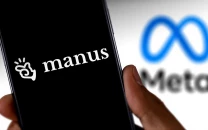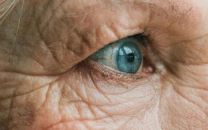Back to the past: Scientists 'reverse time' using quantum mechanics
According to a breakthrough study, they reversed the direction of time with the help of a quantum computer

PHOTO: NASA
The study obviously contradicts the basic law of physics while it also shows an advancement in the understanding of the quantum computer.
With the use of electrons and quantum mechanics, scientists were able to turn back time in an experiment that was as impossible as causing a broken rack of pool balls to go back in their original formation.
Anyone watching the computer would see the event as if time was moving backwards.
Anxiety at NASA as Mars InSight spacecraft nears Red Planet
The research includes Lead researcher Dr Gordey Lesovik, head of the Laboratory of the Physics of Quantum Information at the Moscow Institute of Physics & Technology (MIPT) who was helped by colleagues in Switzerland and the US. The researchers hope that the technique will improve with time and eventually be more reliable and precise.
"We have artificially created a state that evolves in a direction opposite to that of the thermodynamic arrow of time," said Lesovik.
The second law of thermodynamics describes the progression from order to disorder.
If you were to see a video of someone breaking an arranged triangle of pool balls into a mess, then watching that backwards would obviously look absurd.
The new experiment, however, is like giving the pool table such a perfectly calculated regression that the balls roll back into an orderly pyramid.
As the time machine is described in the Scientific Reports consists of a quantum computer which is made up of electron qubits. A qubit is a unit of information described by a zero, one or can be a mix of both the states in which case it becomes a superposition.
NASA poised to launch first Sun-skimming spaceship
In the experiment, the qubits were made to form a complex changing pattern of zeros and ones during which the order was lost and they were all scattered. The program modified the state of the quantum program in such a way that it went back from chaos to an ordered pattern. This state meant that the qubits were rewound back in its original starting pattern.
The scientists have found that working with only two qubits makes time reversal more achievable with a success rate of 85 per cent but when more than two qubits are involved, the chances of it forming a time reversal modified pattern lessens to 50 per cent.
With time, scientists and researchers are hoping to use better devices to reduce discrepancies in results.
This story originally appeared on The Independent.



















COMMENTS
Comments are moderated and generally will be posted if they are on-topic and not abusive.
For more information, please see our Comments FAQ